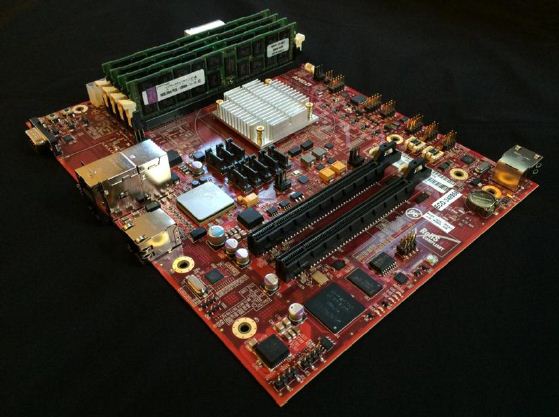http://arstechnica.com/information-...he-guts-of-its-first-arm-chip-for-the-server/
No new information since AMD had already announced the specs a while ago, but the short article also shows a reference board.
No new information since AMD had already announced the specs a while ago, but the short article also shows a reference board.
![[H]ard|Forum](/styles/hardforum/xenforo/logo_dark.png)
